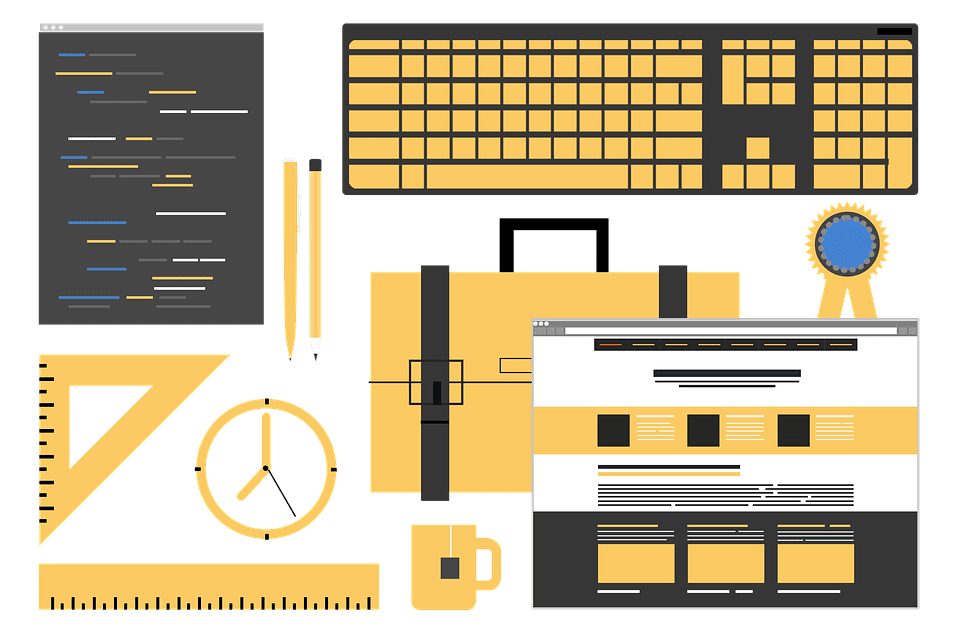We often take for granted the amount of work that goes into designing and maintaining the websites we visit on a daily basis. In reality, though, it takes a great deal of time, effort, and thought to create an engaging and intuitive site. For web designers, it is important to not only have an eye for beauty but also to have the skills to transform thoughts into reality.

(Pixabay / JanBaby)
If you’ve ever looked into becoming a website designer, or into designing a website for your company, you’ve probably felt a little overwhelmed by the coding language. With so much going into a website, you may wonder how to get the necessary expertise to create appealing sites. There are two basic schools of thought for learning about website design. The first is to get a formal education and the second is to go the self-taught route. Both options are viable, but they do come with their own pros and cons.
Formal Education
The first and possibly most significant advantage of a formal education in web design is that it comes with a degree from a university or college. This can be a pretty big advantage when trying to get a job or attract new customers. If you are just starting college and thinking about what degree to get, web design is an excellent undergraduate course to kick off your education.
Another advantage is that formal coursework offers a clean and structured approach to learning web design. Things are laid out for you in an organized manner. You won’t have to worry about what to study next as your professor’s job is to guide you throughout the entire process.
The main disadvantage of a formal education stems from the very same reasons. Since the education is offered through an institution, there is an additional cost associated with books, tuition, and fees. The class schedules, once set, are also very rigid, and you will have to attend your classes regularly or risk failure. This is the same for both real-life universities and online courses.
Self-Studying
The good thing about the internet is that almost everything you want to learn is available online. This means that if you’re itching to learn how to design websites on your own, you are able to find all of the necessary information from your keyboard. The principal advantage of this method is that you can work at your own pace since there are no classes or exams. You can simply pick up where you left off whenever you have the time and even backtrack and review things that you didn’t understand the first time. Additionally, much of the online content is free, and the material that you do need to buy generally comes with affordable, one-time or subscription payments.
However, the major disadvantage of being self-taught is figuring out where to begin. Since there is a lot of information available online, it is hard to know where to start, what to study, and in what order. Also, since there is no hard deadline, there is generally less pressure than in a formal education setting, so you might take longer than necessary to learn the information.
It’s also worth noting that many web design companies prefer real-world experience over formal education when hiring new website designers.
There are many options available to you if you wish to learn about web design. Take stock of yourself, including your budget and learning style, before deciding which direction to go. Both self-taught methods and formal education have their benefits, but one style, or even a combination of the two, might work better for you than the other.